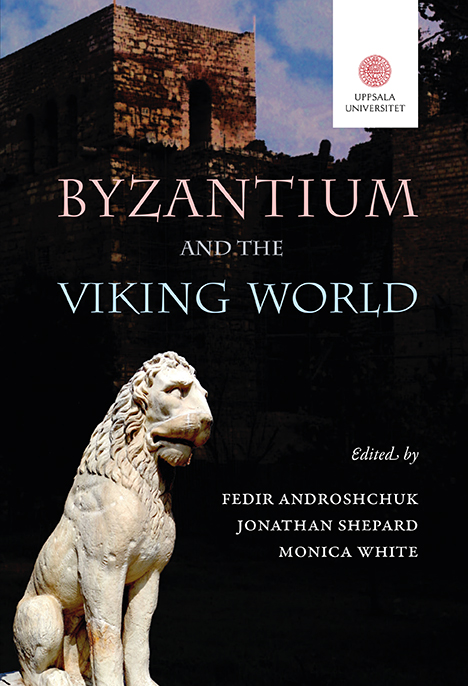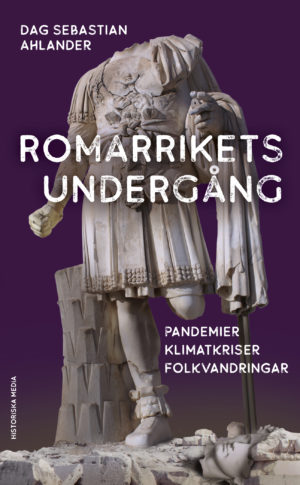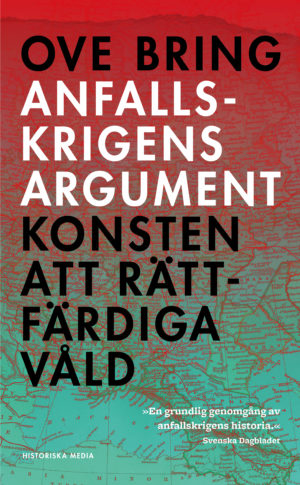
Byzantium and the viking world
Byzantium and the viking world
Within these two academic worlds there are a number of smaller professional spaces that seldom overlap, and those of historians and archaeologists offer a prime example. Each approaches the other’s source materials hesitantly. Not all historians are at ease with the relevant archaeological sources, and the same is true for the way in which some archaeologists deal with the written sources. However, there are subjects where close collaboration between these disciplines is difficult to avoid. One such is the Scandinavians’ activities in eastern Europe and Byzantium during the Viking Age and beyond. One might assume that Scandinavians—variously referred to as Rhōs, Rūs or Varangians—played only a marginal role in the history of the Byzantine empire. However, as is well known, the empire had need of foreigners as much as the Scandinavians had need of Byzantium in the construction of a social identity for themselves.
It would probably be no exaggeration to say that Byzantium is also needed by modern Scandinavianists as well as by Slavists. Slavonic and, in particular, Scandinavian written sources only materialised at a very late date and, for research into the history of the Viking Age, our information comes solely from the Muslim and Byzantine texts and from archaeology.
(From the preface by the editors.)






